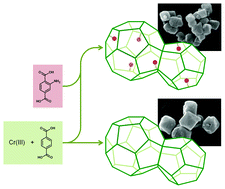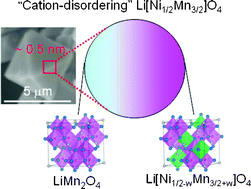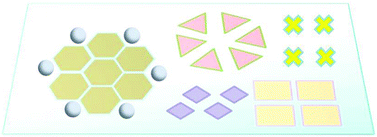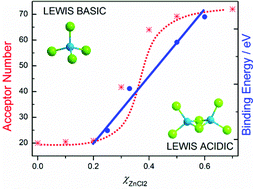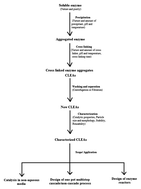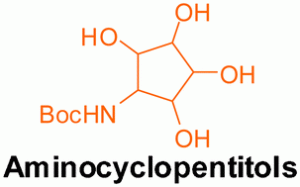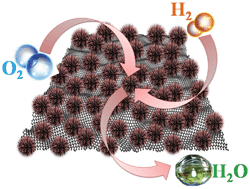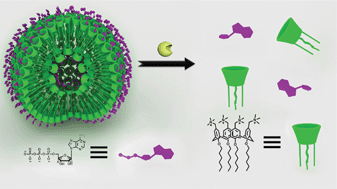In March, the top 10 most-accessed RSC Advances articles were:
Enhanced absorption spectra of conducting polymers co-polymerised from thiophene derivatives
Bartlomiej Kolodziejczyk, David Mayevsky and Bjorn Winther-Jensen
RSC Adv., 2013, 3, 4568-4573
DOI: 10.1039/C3RA23120H, Paper
Hierarchical Co3O4 nanosheet@nanowire arrays with enhanced pseudocapacitive performance
Qiu Yang, Zhiyi Lu, Zheng Chang, Wei Zhu, Jiaqiang Sun, Junfeng Liu, Xiaoming Sun and Xue Duan
RSC Adv., 2012, 2, 1663-1668
DOI: 10.1039/C1RA01008E, Paper
Asymmetric electrochemical capacitors with high energy and power density based on graphene/CoAl-LDH and activated carbon electrodes
Weifeng Zhang, Chao Ma, Jihong Fang, Jipeng Cheng, Xiaobin Zhang, Shurong Dong and Li Zhang
RSC Adv., 2013, 3, 2483-2490
DOI: 10.1039/C2RA23283A, Paper
Recent advances in IV–VI semiconductor nanocrystals: synthesis, mechanism, and applications
Guanjun Xiao, Yingnan Wang, Jiajia Ning, Yingjin Wei, Bingbing Liu, William W. Yu, Guangtian Zou and Bo Zou
RSC Adv., 2013, Advance Article
DOI: 10.1039/C3RA23209C, Review Article
Graphene oxide and its reduction: modeling and experimental progress
Shun Mao, Haihui Pu and Junhong Chen
RSC Adv., 2012, 2, 2643-2662
DOI: 10.1039/C2RA00663D, Review Article
Graphene–inorganic nanocomposites
Song Bai and Xiaoping Shen
RSC Adv., 2012, 2, 64-98
DOI: 10.1039/C1RA00260K, Review Article
Graphene quantum dots with controllable surface oxidation, tunable fluorescence and up-conversion emission
Shoujun Zhu, Junhu Zhang, Xue Liu, Bo Li, Xingfeng Wang, Shijia Tang, Qingnan Meng, Yunfeng Li, Ce Shi, Rui Hu and Bai Yang
RSC Adv., 2012, 2, 2717-2720
DOI: 10.1039/C2RA20182H, Communication
Iron-containing nanomaterials: synthesis, properties, and environmental applications
Boris I. Kharisov, H. V. Rasika Dias, Oxana V. Kharissova, Victor Manuel Jiménez-Pérez, Betsabee Olvera Pérez and Blanca Muñoz Flores
RSC Adv., 2012, 2, 9325-9358
DOI: 10.1039/C2RA20812A, Review Article
Bioinspired self-cleaning surfaces with superhydrophobicity, superoleophobicity, and superhydrophilicity
Shunsuke Nishimoto and Bharat Bhushan
RSC Adv., 2013, 3, 671-690
DOI: 10.1039/C2RA21260A, Review Article
Structural refinement, growth process, photoluminescence and photocatalytic properties of (Ba1-xPr2x/3)WO4 crystals synthesized by the coprecipitation method
L. S. Cavalcante, F. M. C. Batista, M. A. P. Almeida, A. C. Rabelo, I. C. Nogueira, N. C. Batista, J. A. Varela, M. R. M. C. Santos, E. Longo and M. Siu Li
RSC Adv., 2012, 2, 6438-6454
DOI: 10.1039/C2RA20266B, Paper
Take a look at the articles, and then let us know your thoughts and comments below.
Fancy submitting your own work to RSC Advances? You can submit online today, or email us with your ideas and suggestions.
Comments Off on Top 10 most accessed articles in March


